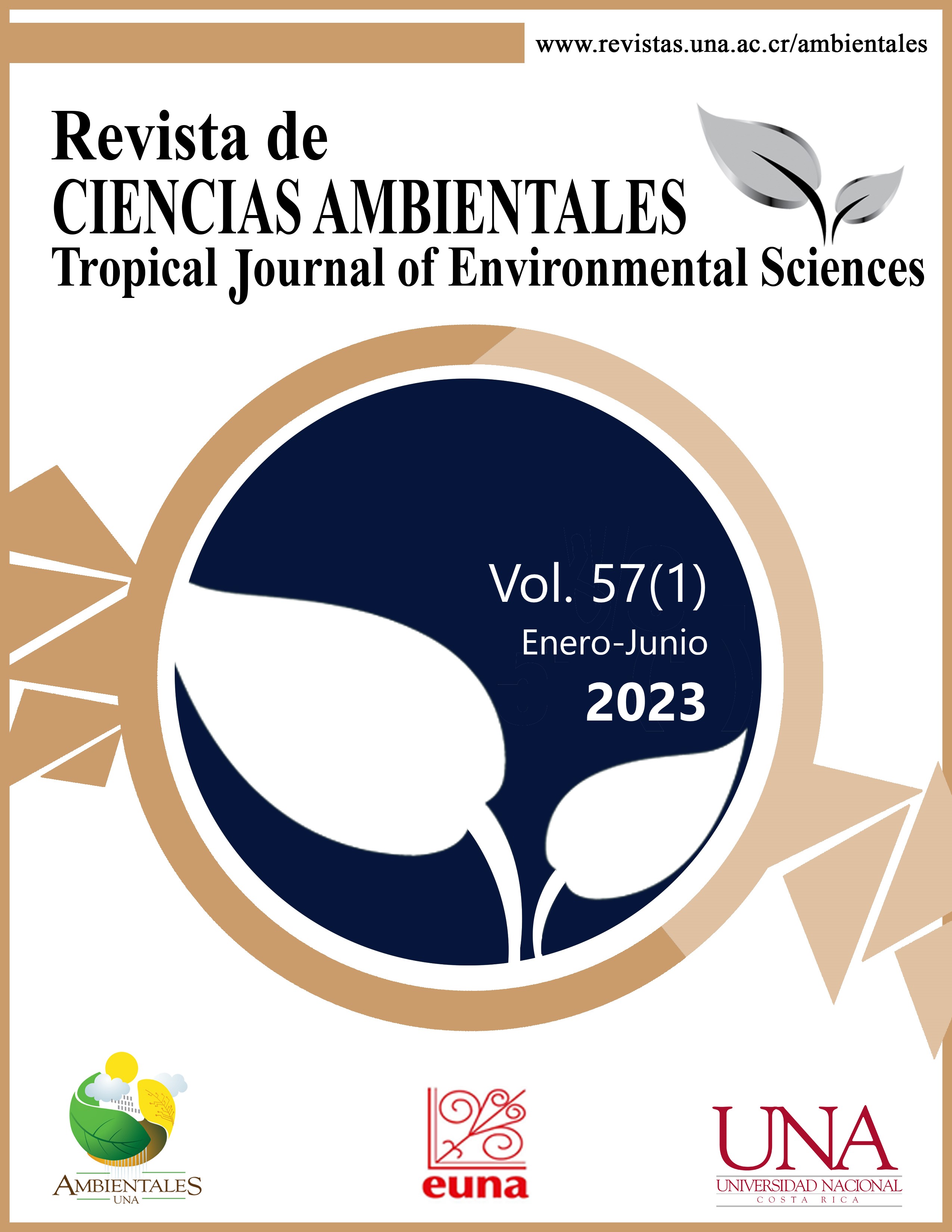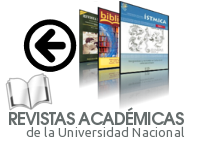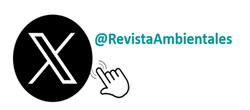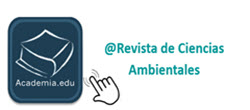Obtaining and characterizing biochar from Eichhornia crassipes using a solar pyrolysis reactor prototype
DOI:
https://doi.org/10.15359/rca.57-1.13Keywords:
Bioenergy; biomass; charcoal; solar energy; wetlands.Abstract
[Introduction]: Latin America has extensive wetland areas of international importance, since these wetlands preserve wildlife, acting as a source and purifier of water; protecting us from floods, droughts, and other environmental disasters. However, these wetlands are threatened by eutrophication and aquatic weeds, such as the water lily in La Presa, La Vega, Jalisco, Mexico. [Objective]: The present investigation provides an alternative for the sustainable management of the water lily (Eichhornia crassipes) by obtaining biochar and its evaluation. [Methodology]: A functional prototype of a solar pyrolysis reactor was developed, running 36 tests to pyrolyze water lily samples with 17-23% humidity, applying a 5 in Hg vacuum at different temperatures (170, 200 and 230 ºC) and residence times (120, 150, 180 and 210 min); finding the best yield of biochar by the response surface method. [Results]: The optimal conditions in the reactor were found at 170 ºC, with a residence time of 171.8 min. The biochar presented a calorific value of 17.56 MJ/kg, 20.11 % by weight of fixed carbon and 6.89 C/H (carbon-hydrogen) ratio. [Conclusions]: This proposal provides evidence for a new solar pyrolytic reactor that processes water lily to produce high calorific biochar or to fix carbon, which could be a solution to one of the effects of eutrophication.
References
Abella, J., y Martínez, M. J. (2012). Contribución de un afluente tributario a la eutrofización del Lago de Tota (Boyacá, Colombia). Revista Colombiana de Química, 41(2), 243-262. https://repositorio.unal.edu.co/handle/unal/73075
Almanza-Marroquín, V., Figueroa, R., Parra, O., Fernández, X., Baeza, C., Yánez, J., y Urrutia, R. (2016). Bases limnológicas para la gestión de los lagos urbanos de Concepción, Chile. Latin American Journal of Aquatic Research, 44(2), 313-326. htps://doi.org/10.3856/vol44-issue2-fulltext-12
Amar-Gil, S., Ardila-Arias A. N., & Barrera-Zapata, R. (2019). Simulation and obtaining of synthetic fuels from the pyrolysis of plastic wastes. Ingeniería y Desarrollo, 37(2), 306-326. https://doi.org/10.14482/inde.37.2.1285
Andrade, L., Barrozo, M., & Vieira, L. (2018). Catalytic solar pyrolysis of microalgae Chlamydomonas reinhardtii. Solar Energy, 173, 928-938. https://doi.org/10.1016/j.solener.2018.08.035
Basu, P. (2013). Biomass gasification, pyrolysis, and torrefaction. https://doi.org/10.1016/B978-0-12-396488-5.00005-8
Camarena-Medrano, O., Aguilar-Zepeda, J., Vega-Nevárez, R., & Lomelí-Villanueva, J. R. (2000). Control integral de maleza acuática en distritos de riego. México: Instituto Mexicano de Tecnología del Agua. http://repositorio.imta.mx/handle/20.500.12013/1106
Camas-Guardamino, D. J., & Mamani-Sinche, M. S. (2022). Evaluación de la vegetación y saturación del suelo en el Área de Conservación Regional Humedales de Ventanilla mediante teledetección en Perú, 2006-2021. Revista de Ciencias Ambientales, 56(1), 54-74. https://doi.org/10.15359/rca.56-1.3
Castillo-Araya, J. G., & Córdoba-Mora, J. R. (2019). Conversión de desechos biomásicos en materia prima para empaque y embalaje. Revista Tecnología en Marcha, 13(5), 118-120. https://doi.org/10.18845/tm.v13i0.2913
D'Agua, J. A., Pereira, R. G., & Marinho, F. J. V. (2015). Preparación y caracterización física del biocombustible sólido del lirio acuático (Eichhornia crassipes). Información Tecnológica, 26(3), 53-62. https://doi.org/10.4067/s0718-07642015000300009
Daga, I. C., Fernández-Belmonte, M. C., & María-Reyna, S. (2020). Composición algal y bioindicadores de calidad de agua. Caso de estudio: Embalse San Roque, Córdoba. Argentina. Cuadernos Del CURIHAM, 26, 1-11. https://doi.org/10.35305/curiham.v26i0.143
Deloya-Martínez, A. (2016). Evaluación del sistema de tratamiento de aguas residuales del Instituto Tecnológico de Costa Rica. Revista Tecnología en Marcha, 12(1), 63-72. https://revistas.tec.ac.cr/index.php/tec_marcha/article/view/2680
Dhyani, V., & Bhaskar, T. (2018). A comprehensive review on the pyrolysis of lignocellulosic biomass. Renewable Energy, 129, 695-716. https://doi.org/10.1016/j.renene.2017.04.035
Dixon, M. J. R., Loh, J., Davidson, N. C., Beltrame, C., Freeman, R., & Walpole, M. (2016). Tracking global change in ecosystem area: The Wetland Extent Trends index. Biological Conservation, 193, 27-35. https://doi.org/10.1016/j.biocon.2015.10.023
Ji, Xiang; Liu, Bin; Chen, Guanyi; & Ma, Wenchao. (2015). The pyrolysis of lipid-extracted residue of Tribonema minus in a fixed-bed reactor. Journal of Analytical and Applied Pyrolysis, 116, 231-236. https://doi.org/10.1016/j.jaap.2015.09.006
Juárez-Alvarado, J., Jesús-Isla, R., & Arias-Trinidad, A. (2015). Coprocesamiento de lirio acuático (eichhornia crassipes) para elaboración de papel ecológico. En J. Agüero-Rodríguez & B. Torres-Beristain, Tópicos Selectos de Educación Ambiental - Educación Ambiental desde la Innovación, la Transdisciplinariedad e Interculturalidad T-II (pp. 85-93). ECORFAN-México.https://www.ecorfan.org/actas/educacion_ambiental_II/ACTA_Educacion%20Ambiental_Tomo_2.pdf
Mašek, O., Brownsort, P., Cross, A., & Sohi, S. (2013). Influence of production conditions on the yield and environmental stability of biochar. Fuel (London, England), 103, 151-155. https://doi.org/10.1016/j.fuel.2011.08.044
Masto, R. E., Kumar, S., Rout, T. K., Sarkar, P., Joshy, G., & Ram, L. C. (2013). Biochar from water hyacinth (Eichornia crassipes) and its impact on soil biological activity. Catena, 111, 64-71. https://doi.org/10.1016/j.catena.2013.06.025
Miguel-Barrera, A., Castañeda-Antonio, D., Santamaría-Juárez, J. D., Munive-Hernández, J. A., Rivera-Tapia, A., & Ramos-Cassellis, M. E. (2020). Modelo de biorremediación de plomo con lirio acuático. Alianzas y Tendencias BUAP, 5(17), 15-28. https://hdl.handle.net/20.500.12371/9398
Muñoz, E., Mendoza, G., & Valdovinos, C. (2001). Evaluación rápida de la biodiversidad en cinco sistemas lenticos de chile central: macroinvertebrados bentónicos. Gayana (Concepción), 65(2), 173-180. https://dx.doi.org/10.4067/S0717-65382001000200009
Najmudeen, T. M., Arakkal-Febna, M. A., Rojith, G., & Zacharia, P. U. (2019). Characterisation of biochar from water hyacinth eichhornia crassipes and the effects of biochar on the growth of fish and paddy in integrated culture systems. Journal of Coastal Research, 86(sp1), 225-234. https://doi.org/10.2112/SI86-033.1
Parikh, J., Channiwala, S. A., & Ghosal, G. K. (2005). A correlation for calculating HHV from proximate analysis of solid fuels. Fuel (London, England), 85(5), 487-494. https://doi.org/10.1016/j.fuel.2004.10.010
Pourkarimi, S., Hallajisani, A., Alizadehdakhel, A., & Nouralishahi, A. (2019). Biofuel production through micro- and macroalgae pyrolysis – A review of pyrolysis methods and process parameters. Journal of Analytical and Applied Pyrolysis, 142(104599), 104599. https://doi.org/10.1016/j.jaap.2019.04.015
Poveda, P. L. F. (2017). Análisis del uso alternativo de buchón de agua para la descomposición de la materia orgánica. http://hdl.handle.net/10654/17255
Rodríguez, M. L., & Rodríguez, A. (2019). Uso del Jacinto de agua (Eichornia crassipes) para la depuración de aguas contaminadas con cromo. Revista Tecnología en Marcha, 7(1), 19-23. https://revistas.tec.ac.cr/index.php/tec_marcha/article/view/4186
Sosnovsky, A., & Quiros, R. (2006). El estado trófico de pequeñas lagunas pampeanas, su relación con la hidrología y el uso de la tierra. Ecología Austral, 16(2), 115-124. http://ojs.ecologiaaustral.com.ar/index.php/Ecologia_Austral/article/view/1436
Torres-Gallo R., Miranda-Lugo P.J., y Martínez-Padilla, K.A. (2017). Diseño y construcción de un sistema híbrido de calentamiento de aire por combustión de biomasa y radiación solar, utilizando PCM como fuente de almacenamiento térmico para secado de yuca. TecnoLógicas, 20(39), 69–81. https://doi.org/10.22430/22565337.693
Torres-Velásquez, B. C., & Paredes, M. (2018). Aplicación del método de agrupamiento de grises para evaluar la eutrofización en seis humedales de Colombia. Realidad y Reflexión, 47, 147. https://doi.org/10.5377/ryr.v0i47.6282
United Nations Educational, Scientific and Cultural Organization [UNESCO]. (s.f.). Servicio de información sobre sitios Ramsar. RAMSAR. https://rsis.ramsar.org/es
Vera-Delgado, J. (2012). Monitoreo y control ecológico de lechuguines (Eichhornia Crassipes) en el embalse “La Esperanza”, en la cuenca del río Chone de la provincia de Manabí, Ecuador. La Técnica: Revista de las Agrociencias, (8), 40-46. https://doi.org/10.33936/la_tecnica.v0i8.605
Zeng-Kuo, Gauthier-Daniel, Lu- Jidong, & Flamant- Gilles. (2015). Parametric study and process optimization for solar pyrolysis of beech wood, Energy Conversion and Management, Volume 106, 987-998. https://doi.org/10.1016/j.enconman.2015.10.039.
Published
How to Cite
Issue
Section
License

This work is licensed under a Creative Commons Attribution-NonCommercial-ShareAlike 4.0 International License.



















